Electric Truck News
The difference between the braking system of new energy electric logistics vehicles and that of traditional fuel vehicles
Posted on by Electric Trucks
The braking systems of both traditional fuel vehicles and new energy electric logistics vehicles play a crucial role in ensuring the safety of driving. However, there are significant differences between the two, which are mainly reflected in their components and working principles.
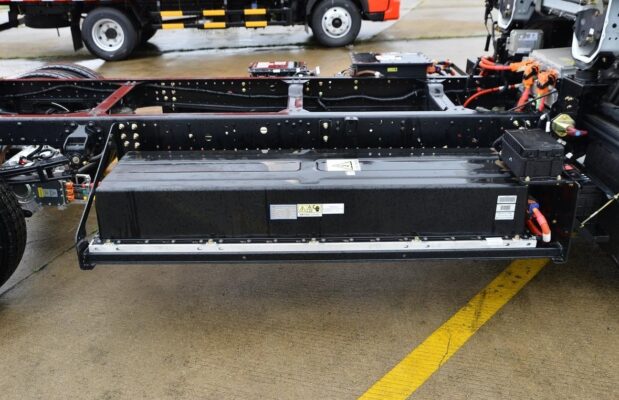
The braking system of traditional fuel vehicles is mainly composed of several key components. The brake pedal is the starting point of the braking operation. When the driver presses the brake pedal, it initiates a series of mechanical and hydraulic actions. The master brake cylinder is responsible for converting the force applied on the brake pedal into hydraulic pressure. This hydraulic pressure is then transmitted through the brake lines to the various wheels of the vehicle.
The vacuum booster plays a vital role in enhancing the braking force. It utilizes the vacuum created by the engine’s intake manifold. As the engine operates, it creates a partial vacuum in the intake manifold. This vacuum is connected to the vacuum booster, which amplifies the force from the driver’s foot on the brake pedal. The ABS pump, or anti-lock braking system pump, is designed to prevent the wheels from locking up during braking, ensuring that the vehicle remains steerable and stable. The brake wheel cylinder is located at each wheel and converts the hydraulic pressure into mechanical force to actuate the brake pads. The brake pads then press against the brake discs or drums, creating friction and slowing down the vehicle.
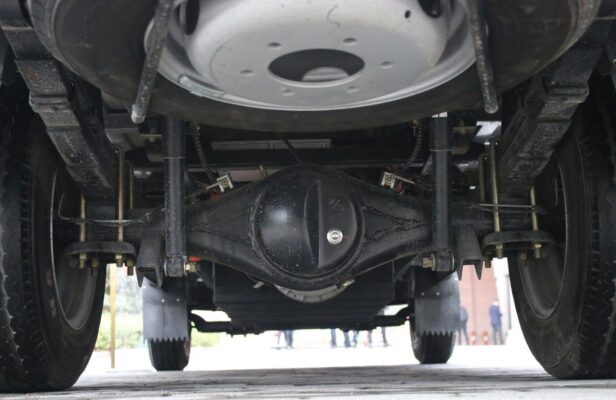
In contrast, electric vehicles are basically composed of similar components as traditional fuel vehicles, but there is one more vacuum pump and vacuum air storage tank than traditional fuel vehicles. This addition is a significant difference and is due to the unique characteristics of electric vehicles.
New energy electric vehicles do not have an internal combustion engine like traditional fuel vehicles. As a result, they cannot rely on the engine’s intake manifold to provide a vacuum environment for the vacuum booster. In order to address this issue, a vacuum pump is installed. The vacuum pump is responsible for extracting vacuum to create the necessary negative pressure for the vacuum booster to function.

However, the vacuum pump cannot be directly connected to the booster. This is because when the driver steps on the brake, the vacuum pump cannot immediately create a vacuum degree that meets the requirements. There is a time delay in the operation of the vacuum pump. To overcome this limitation, a vacuum air storage tank is added between the vacuum pump and the vacuum booster.
The function of the vacuum air storage tank is to store vacuum. When the booster needs it, it can immediately provide a vacuum degree that meets the requirements. This is analogous to a river needing to build a reservoir. In dry seasons, the reservoir can release water to meet the demand. In rainy seasons, it can store water for future use. Similarly, the vacuum air storage tank stores vacuum when the vacuum pump is operating and releases it when the vacuum booster requires it.
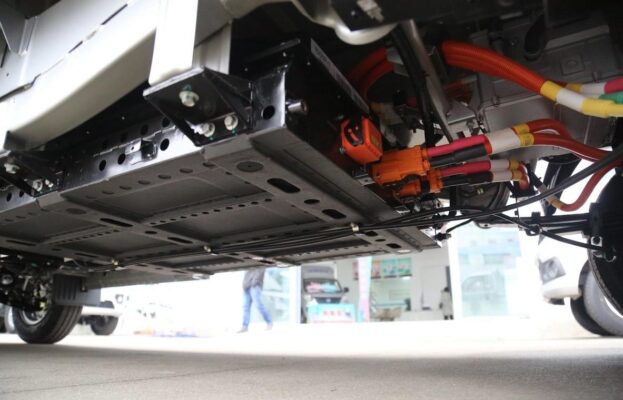
This setup is crucial for the proper functioning of the braking system in electric vehicles. Without the vacuum air storage tank, the braking performance would be severely compromised. The driver would experience a delay in braking response and a reduction in braking force.
However, due to the limited vacuum stored in the vacuum air storage tank, there are certain precautions that need to be taken when driving a new energy electric vehicle. Do not step on the brake continuously and quickly. This can cause a serious shortage of vacuum. When the brake is pressed continuously and quickly, the vacuum in the storage tank is depleted rapidly. As a result, the vacuum booster may not be able to function properly, leading to a situation where the brake has no assistance and is very hard.
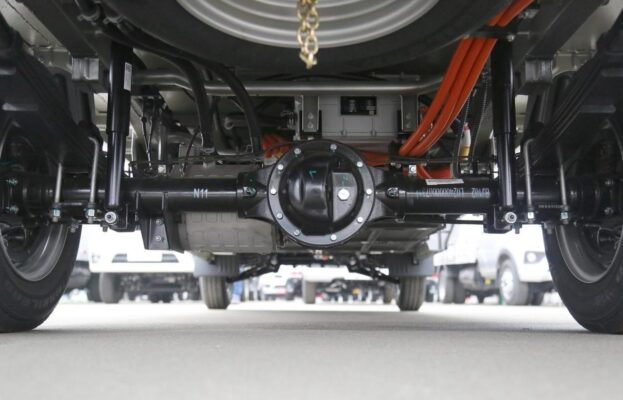
This poses a great danger. A hard brake pedal makes it difficult for the driver to apply sufficient force to slow down or stop the vehicle. In an emergency situation, this can lead to a delay in braking response and increase the risk of an accident.
For example, imagine a driver suddenly needs to stop the electric vehicle due to an unexpected obstacle on the road. If the driver has been stepping on the brake continuously and quickly before this situation, the vacuum in the storage tank may be depleted. When the driver tries to apply the brake again, they may find that the brake pedal is very hard and the braking force is significantly reduced. This can result in a longer stopping distance and potentially a collision with the obstacle.
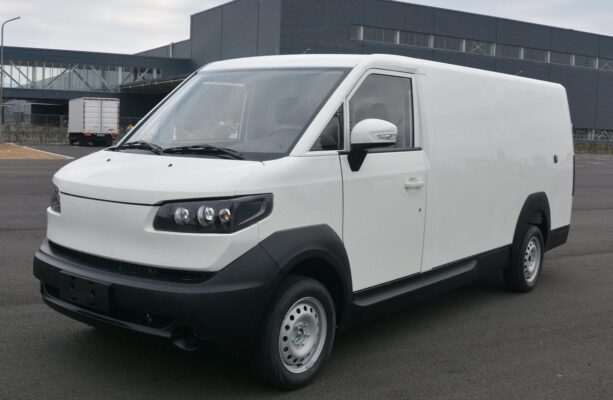
To avoid this dangerous situation, drivers of new energy electric vehicles should be aware of the limitations of the braking system and adjust their driving habits accordingly. Avoiding continuous and quick braking can help ensure that there is sufficient vacuum in the storage tank for the vacuum booster to function properly when needed.
In conclusion, the braking system of new energy electric logistics vehicles differs from that of traditional fuel vehicles due to the absence of an engine and the need for a vacuum pump and vacuum air storage tank. Understanding these differences and taking appropriate precautions can help ensure the safety of driving electric vehicles. Drivers should be aware of the limitations of the braking system and avoid actions that can lead to a shortage of vacuum, such as continuous and quick braking. By doing so, they can maximize the effectiveness of the braking system and reduce the risk of accidents.